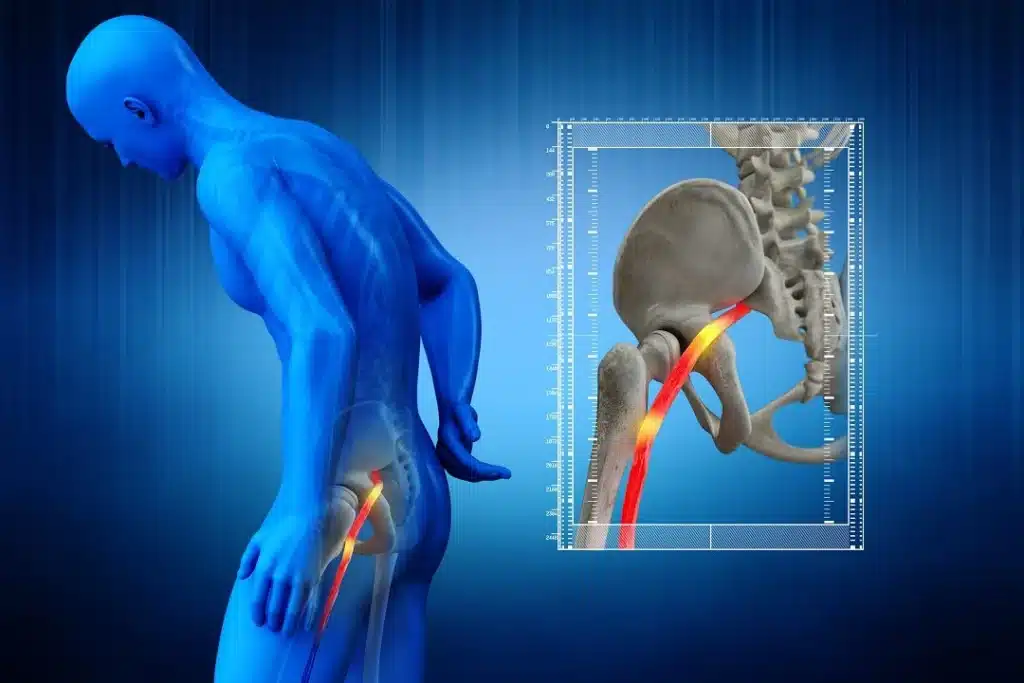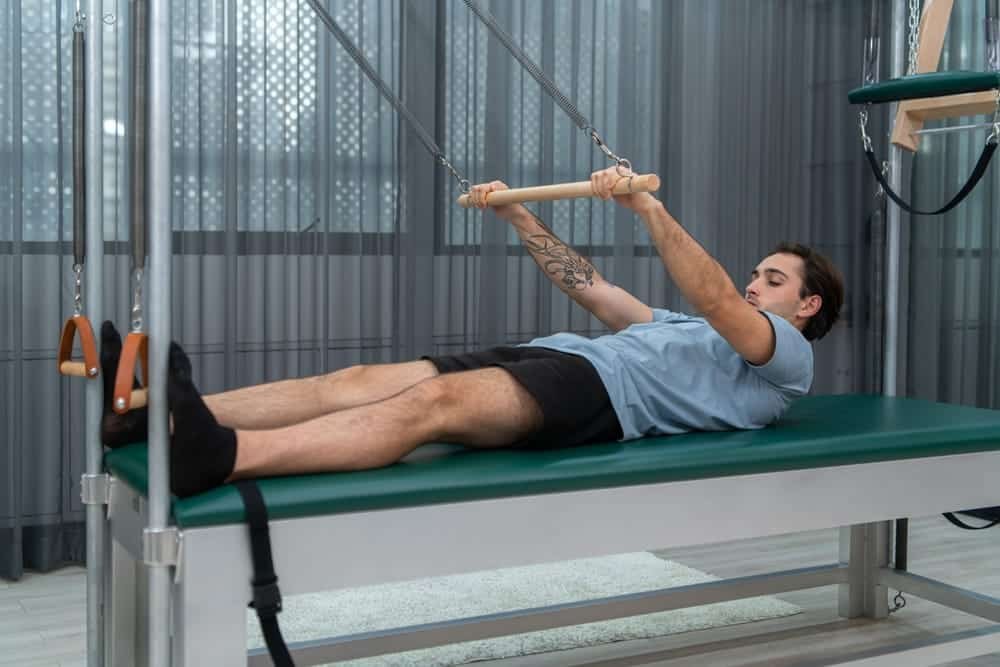7 Powerful Ways to boost immune system Naturally
The immune system is one very important bodily defense system. It fights off infections, diseases, and other numerous health issues that may try to attack an individual. While dieting and living healthy are good ways through which immunity can be boosted, there are other ways to complement the body’s defenses using more natural methods. One of them is chiropractic care. Here are seven powerful ways to boost immune system, right from what you eat to some kind of change in lifestyle. 1. Stress on a Nutrient-Added, Balanced Diet The right nutrients will go a long way in complementing your immunity. Vitamins C, D, and E, along with zinc, have particularly important functions in the optimal working of boost immune systems. A wide variety of fruits, vegetables, whole grains, and lean proteins will ensure that your body gets all nutritional values for good immunity. A well-rounded diet feeds not only your body but also empowers your immune cells to act effectively against various possible threats. 2. Do Regular Exercise Physical activity helps maintain weight and cardiovascular health and is, at the same time, a big contributor to a healthy immune system. The regular practice of this can enhance the circulation of immune cells through the body, enabling them to travel easily and hence recognize pathogens more clearly. Both moderate aerobic activities-like brisk walking-and muscle-strengthening workouts can be helpful. Aim for at least 30 minutes of physical activity most days of the week to keep your immune system going full throttle. Exercise may also help reduce inflammation, another hallmark of immune health. 3. Reap Immune Health Rewards with Chiropractic Care Probably the last thing anyone thinks about in their effort to boost their immunity is chiropractic care. The truth is, such care may actually play an important role in boosting immune system. Immune health and spinal health go hand in hand, as chiropractic adjustments serve positively on the nervous system controlling the whole body-immune responses included. Spinal misalignment distorts the nervous system’s function and and may lessen the body’s effective communication with its immune cells. A chiropractic immune boost can work by aligning the spine in such a way that the nervous system can function correctly; hence, it responds well to threats. Many people find, after successive chiropractic adjustments, that their nervous system becomes more responsive to immune-related functions, thus boosting their immunity. 4. Quality Sleeping for Restorative Immunity Sleep is one of the most critical modulation factors in immune health. The body heals itself while sleeping, and immune cells fight off infectious elements. Poor quality sleep results in weakened immunity that will not be able to help your body resist diseases as effectively. Getting quality sleep of 7 to 9 hours every night is vital for naturally boosting immune system function. Stick to a regular sleep schedule, avoid presleep caffeine and screen time, and engage in a relaxing night’s sleep bedtime routine that will help your body catch up on rest. Good sleep habits support immune function and foster overall wellness. 5. Reduce Stress and Boost Immunity through Chiropractic Adjustments Chronic stress depresses immunity through the secretion of cortisol-a hormone associated with suppressing the immune system. Given that chiropractic adjustments can often lead to better physical and mental alignment, they may also be very helpful in managing stress and, consequently, supporting the immune system. Chiropractic care to support natural immunity involves adjustments that release tension and allow for better circulation. By helping your body feel relaxed, chiropractic care can help you manage stress-which makes life a lot easier on your immune system as it does its job without interference. Complement these adjustments with other practices of reducing stress, such as meditation or deep breathing, to empower resilience throughout the human experience against common ailments. 6. Harness the Power of Hydration, Healthy Gut One of the most underestimated yet vital components of immune health is proper hydration. It forms lymph, a fluid that moves the immune cells through the body. Water intake might improve circulation by allowing the immune cells to take action against infection more appropriately. Gut health, where most of the immune system is actually found, would not be neglected. Adding to gut health with probiotics from fermented foods such as yoghurt, kefir, and sauerkraut enhances gut health and therefore supports immune health. A healthy gut will be able to deal with harmful pathogens and therefore should form part of any strategy aimed at boosting immune system. 7. Explore Immune-Boosting Supplements Judiciously If you find it difficult to consume through diet alone, supplements can certainly be a convenient help. Vitamin D, vitamin C, and zinc are typical recommendations for immune system support. You could also consider some more natural immune-boosting supplements, such as elderberry and echinacea. However, consult a health professional before starting any supplement, as they can advise on the dosage and how it works with other health programs you may be on. Supplementing correctly will be one of the best ways to round out your immune-boosting efforts. More Info: Chiropractic Care with The Family Wellness Centre Family Wellness Centre chiropractic care focuses on general wellness, mainly for people interested in a comprehensive approach to immune support. With over 12 years of experience, the Family Wellness Centre has numerous practices around Australia that specialise in modern facilities and innovative holistic approaches to care. The facility, guided by the award-winning chiropractor Dr. Hussein Aboodi, has treatments that range from spinal adjustments, among others, which help with the boosting of immunity naturally. Chiropractic adjustments may be one of the most important immune modalities at the centre. Promoting spinal health, these adjustments may enhance the function of the nervous system, which in turn may support the immune cell response. This approach may be specially helpful for those individuals and families seeking to strengthen their immunity with less reliance on medicines but with a focus on general wellness and preventive care. Conclusion Naturally, boosting immune system involves a holistic approach to include lifestyle modifications, diet, chiropractic care, and, of course, efficient stress











